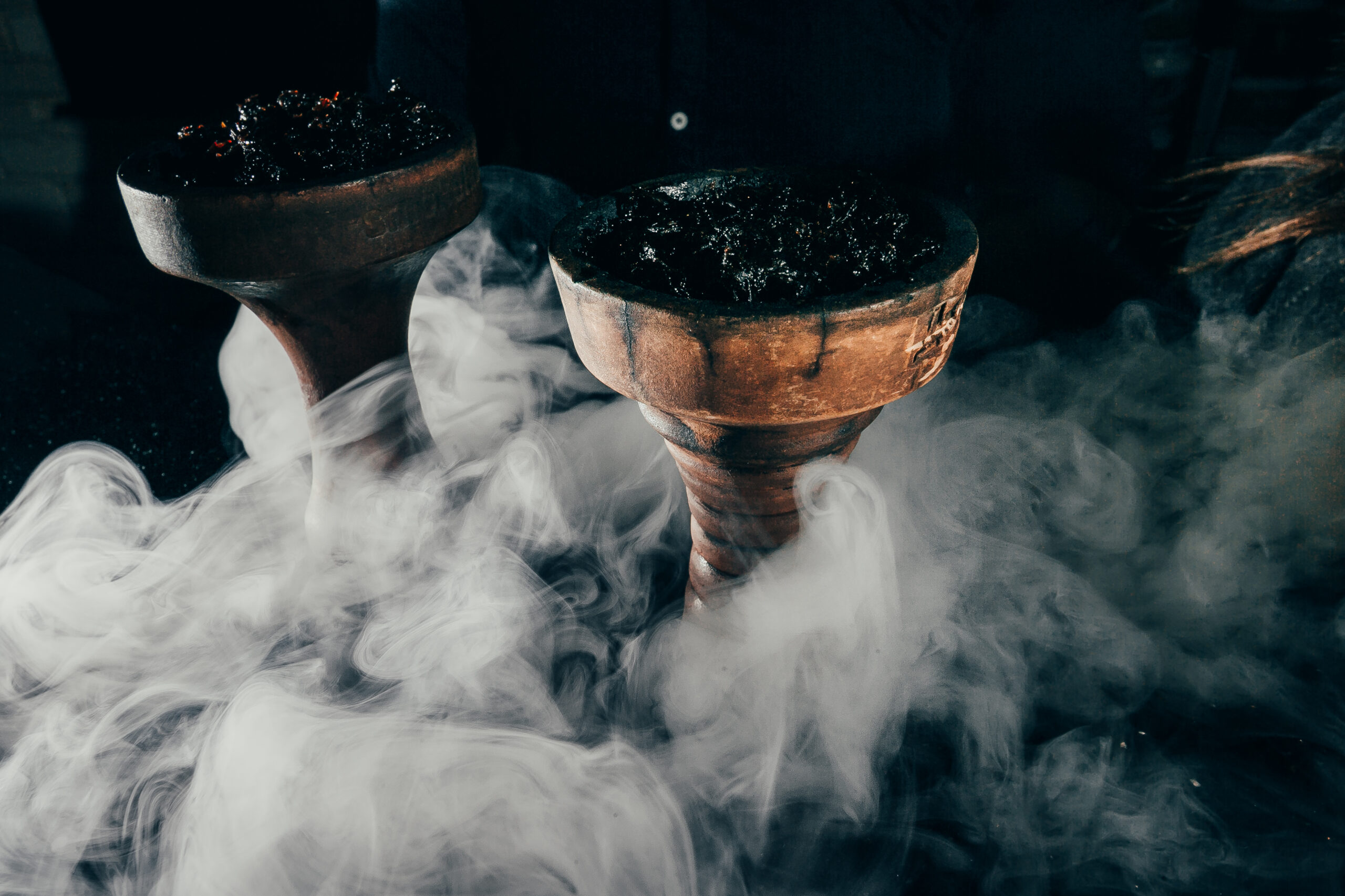Category
00 items

Hookah smoking is more than just a pastime; it’s a cultural experience with deep historical roots. Whether you’re a beginner exploring the world of hookahs or a seasoned enthusiast looking to enhance your smoking sessions, this guide will provide a detailed look into hookah culture, its components, and expert setup tips.
Hookah, also known as a water pipe or shisha, has a rich heritage tracing back to the Mughal Empire in India. It later spread through Persia and the Middle East, becoming an integral part of social gatherings and hospitality.
The term “hookah” originates from the Arabic word “huqqa,” meaning a container or pot. Over centuries, hookah has evolved in design and functionality, making its way to Europe and North America, where it is now a popular leisure activity in lounges and homes alike.
To truly enjoy hookah smoking, it’s essential to understand the different parts that make up this fascinating device:
The bowl holds the shisha (flavored tobacco) and is typically made from clay, ceramic, glass, or silicone. A high-quality bowl ensures even heat distribution, enhancing the flavor and longevity of your session.
The stem connects the bowl to the base and serves as the passage for smoke to travel through the water. Often crafted from stainless steel or aluminum, some stems feature intricate designs for a more aesthetic appeal.
The base, usually made of glass, holds the water that cools and filters the smoke. The water level should be just right—submerging the downstem by about an inch—to achieve the perfect balance of cooling and resistance.
Hookah hoses come in various materials, including silicone and traditional leather-wrapped options. A high-quality hose allows for smooth airflow and enhances the overall smoking experience.
Modern hookah setups often incorporate a heat management device (HMD) made of aluminum or stainless steel. It regulates the charcoal heat, eliminating the need for traditional aluminum foil while ensuring even heat distribution.
A well-prepared hookah session guarantees an enjoyable and flavorful smoke. Follow these steps for an optimal experience:
Hookah smoking is more than just an activity—it’s an art form and a cultural tradition. By understanding the history, anatomy, and best practices of hookah preparation, you can take your sessions to the next level. Whether you’re enjoying a solo session or sharing with friends, savor the moment and enjoy the rich flavors of hookah with Hookahubiytsa.
Stay connected with Hookahubiytsa for more tips, premium hookah products, and exclusive offers!